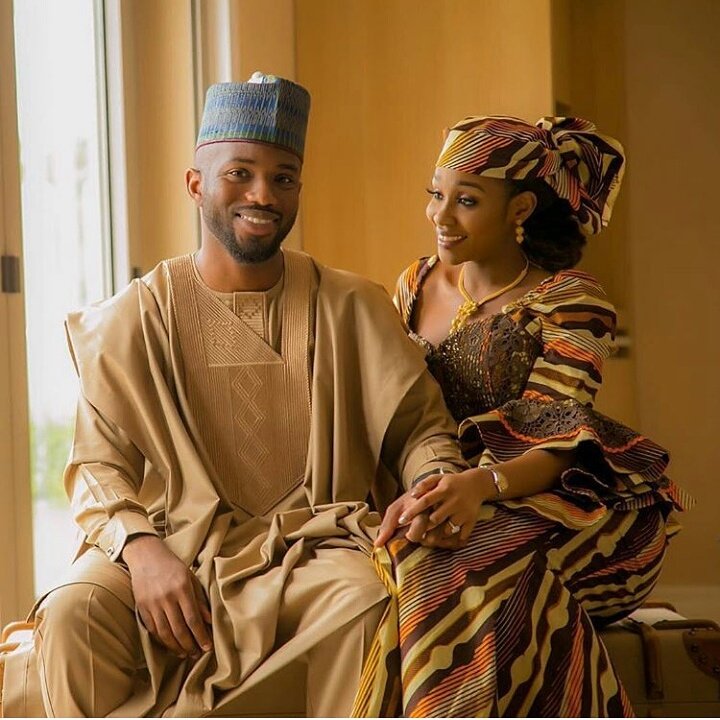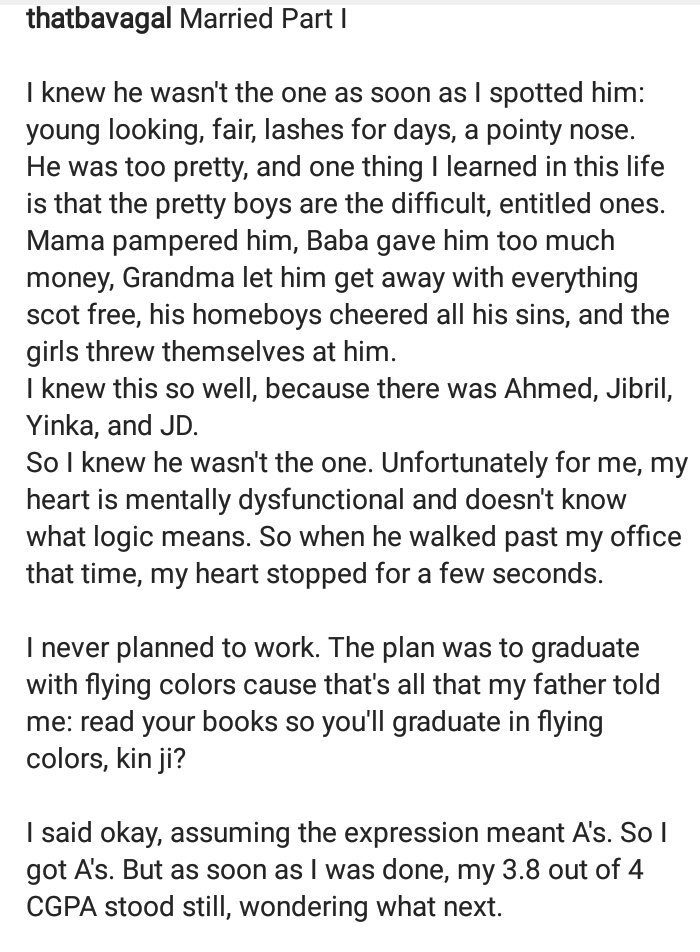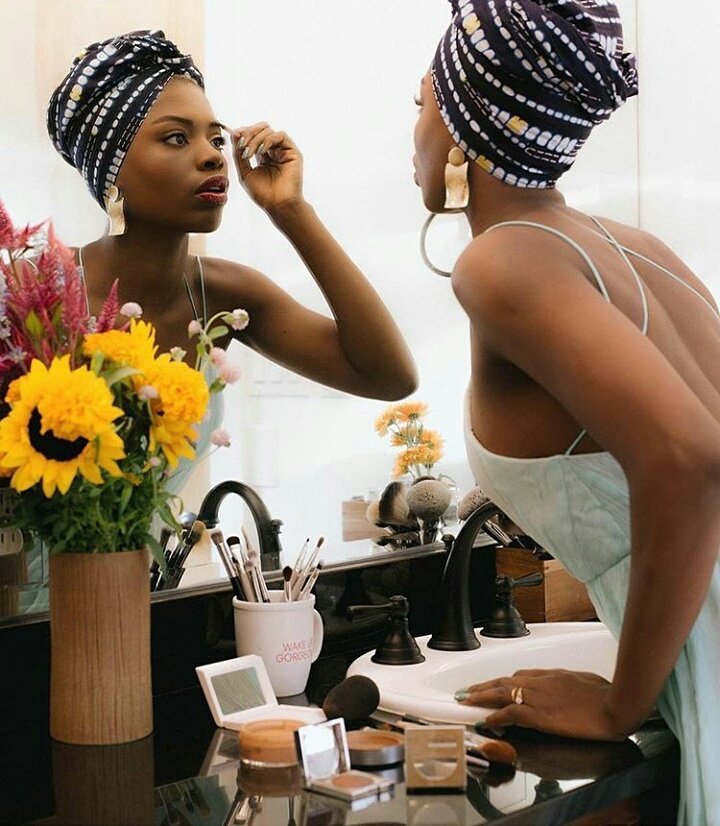“AtmA hi dArAH sarveShAM dArasaMgrahavartinAM| Atmeyamiti rAmasya pAlayiShyati medinIM”
Wife is the soul of married men- hence sItA being rAma’s self will govern the earth”(vasiShTha in rAmAyaNa)1/n
Shiva is never without the shakti and similarly shakti is also never without shiva. There is no difference between them and they are like the moon & moon light”2/n
Women are deities women are breath of life women alone are adornment, women are the creation and created 3/n
yatra nAryastu pUjyante ramante tatra devatAH | yatraitAstu na pUjyante sarvAstatrAphalAH kriyAH – where women are worshipped the gods reside there. Where they are 4/n
paramAdevatA patnI saMpUjyA gRhamedhinA
sadA patnyAH sharIre tu vartante sarvadevatAH
tathaivAgnirgArhapatyo brahmarUpaM ca vartate
tasmAt patyA sadA pUjyA seti vedeShu nishcayaH
5/n
sabhuktvA sakalAn kAmAn brahmaloke mahIyate
Wife is the supreme deity fit to be worshipped by the husband who is a gRhamedhin i.e. worshipper of the gArhapatyAgni. In the body of the wife reside all the devatA-s.
6/n
The one who worships his wife & and does upAsanA of gArhapatya gets all his desires fulfilled and is worshipped 7/n
The above are but a few quotes from various sources just to show the prime position women occupied in bhAratIya vedic religion which bestows a high status to woman because the vedas themselves do so. The woman's creation contains more 8/n
However, with the advent of heretic religions and thereafter the abrahamic religions in this country, for many centuries the rights of women 10/n
People said women are prohibited from chanting the oM mantra and by extension of the ban they are prohibited from receiving the upanayana saMskAra & gAyatri & thereby not entitled to vedic studies. 14/n
Citing an English translation of AshvalAyana gRhyasUtra with regard to upanayana (janeu/sacred thread) people posted 15/n
A daughter who has undergone upanayana saMskAra is also entitled to do 23/n
“sA kShauma vasanA hRShTA nityaM vrata parAyaNA
agnim juhoti sma tadA mantravat kRta mangalA” (rAmAyaNa- 2-20-15)
The mahAbhArata is replete with instances of 25/n
adya taddivasaM cheti hutvA dIptaM hutAshanam .
yugamAtrodite sUryekRtvA paurvAhnikIH kriyAH
vrataM samApyasAvitrI snAtvA shuddhA yashasvinI
tataH sarvAndvijAnvRddhAn shvashrUM shvashurameva cha
26/n
bharadvAjasya duhitA rUpeNApratimA bhuvi shrutAvatI nAma vibho kumArI brahmacAriNI (mbh/sp/54/6)
babhUva shrImatI rAjan shANDilyasya mahAtmanaH
sutA dhRtavratA sAdhvI niyatA brahmacAriNI(mbh/sp/54/9) etc
27/n
A woman's heart is filled with limitless love. This love expects nothing in return and is undiminishing and everlasting towards brothers, children, parents etc. It is priceless, 29/n
33/33












